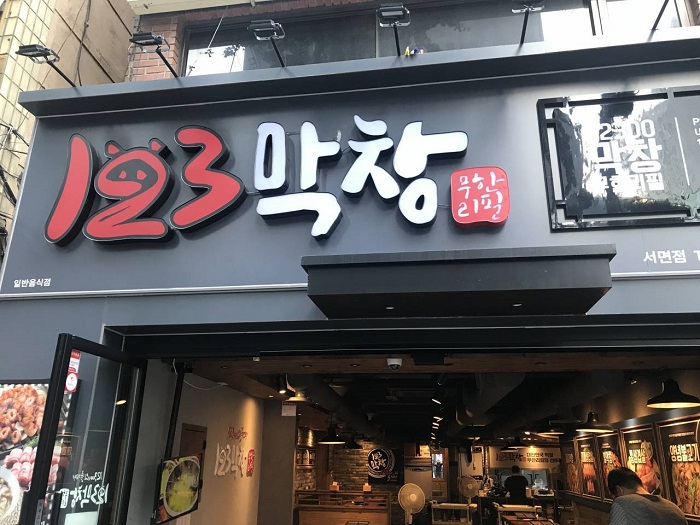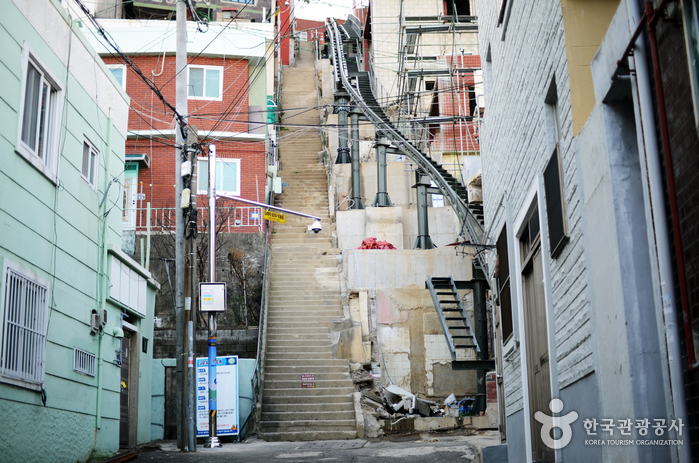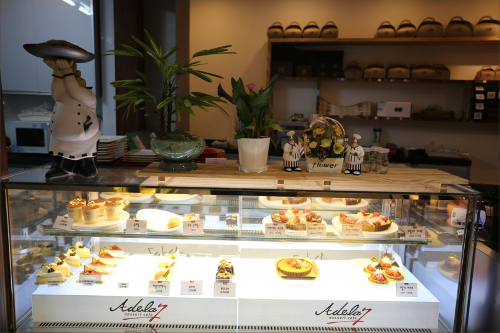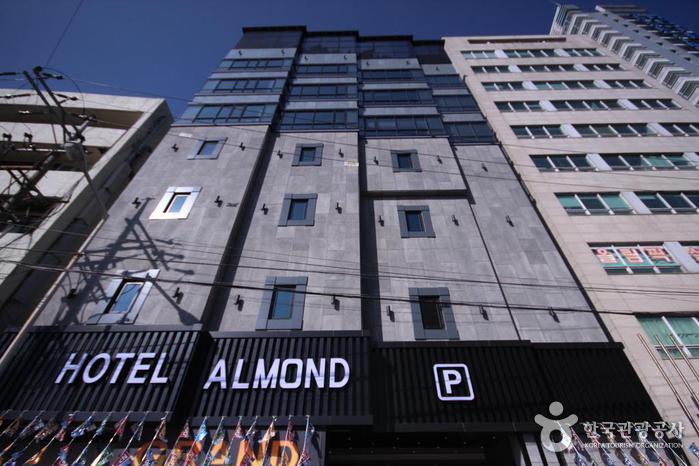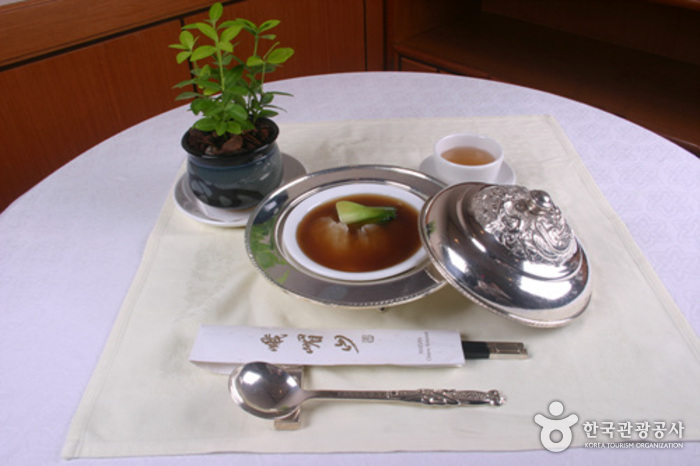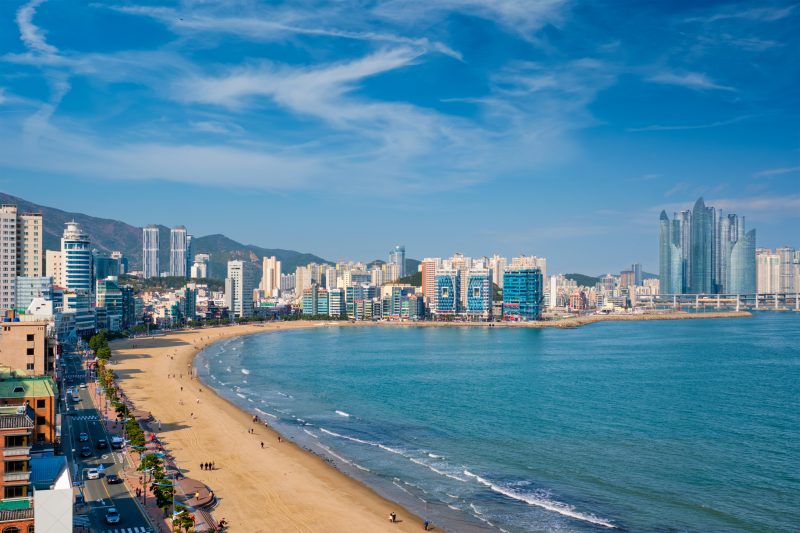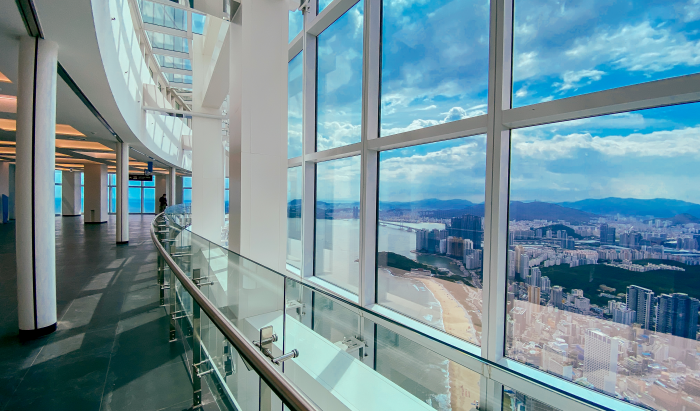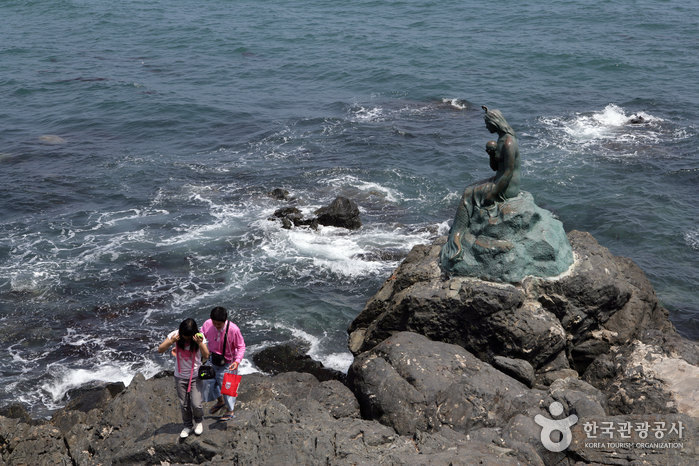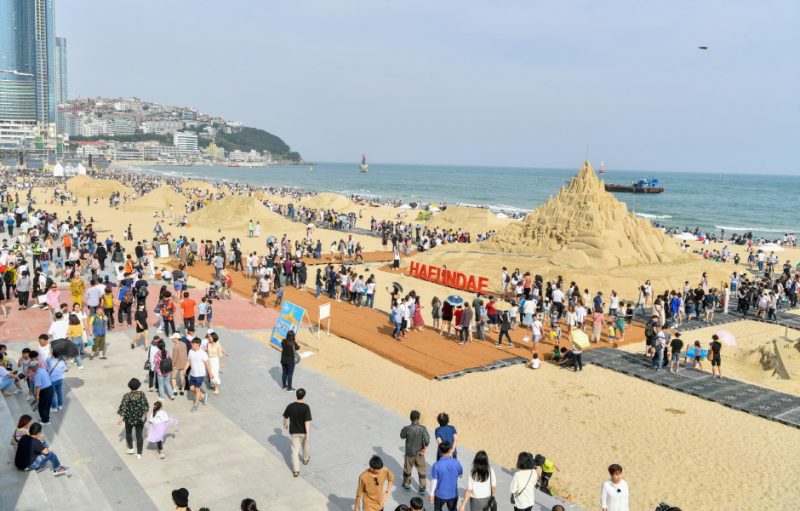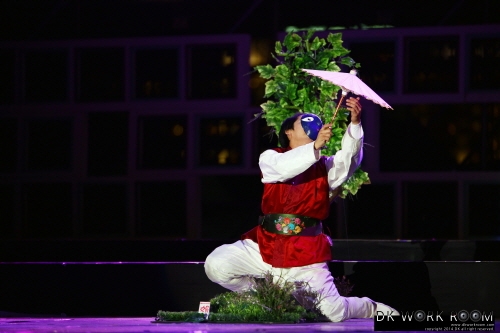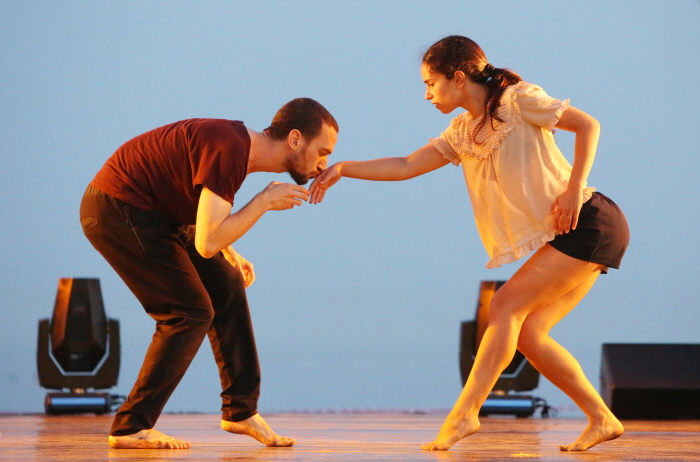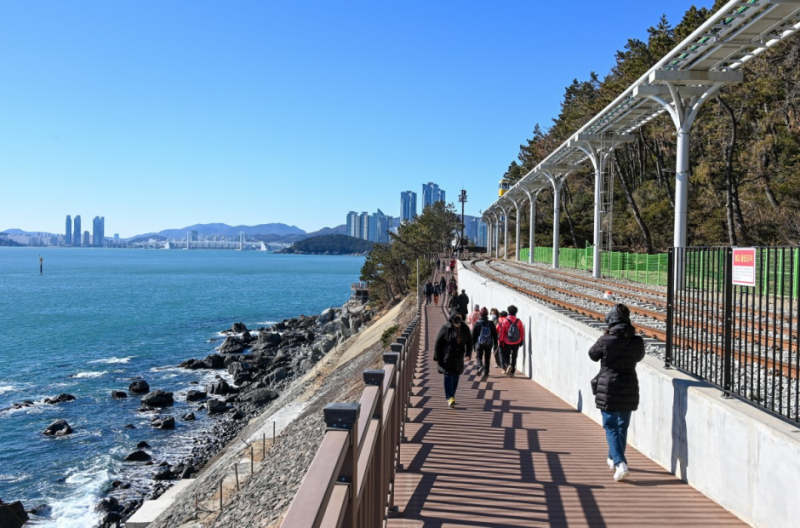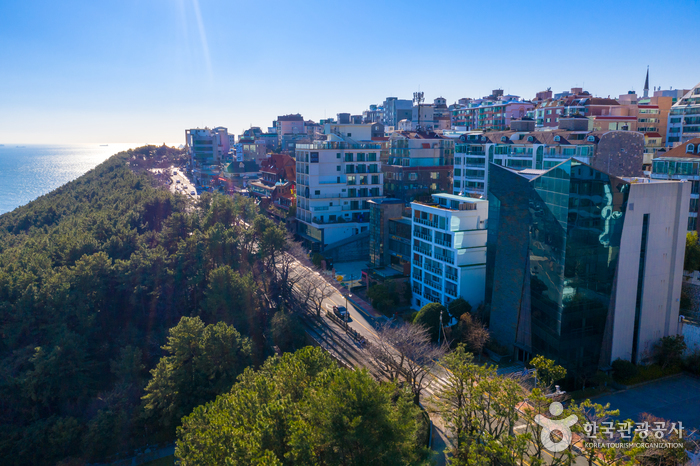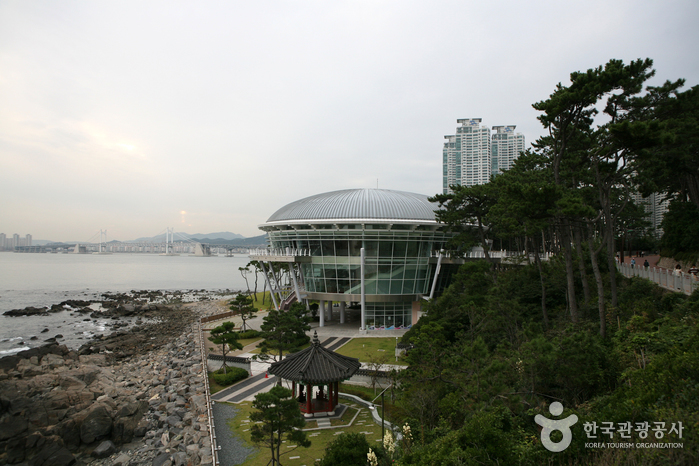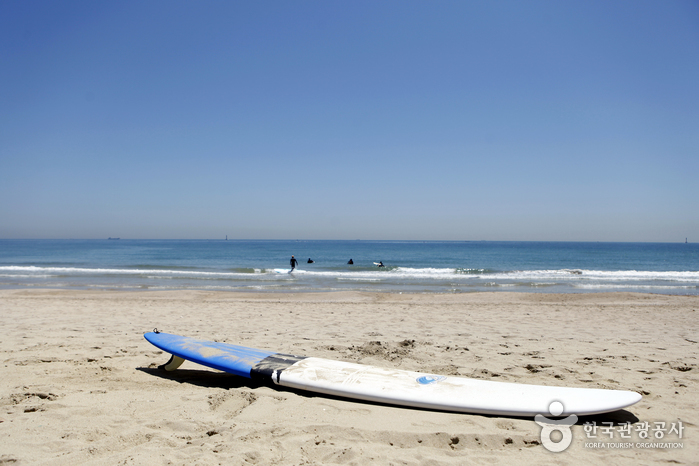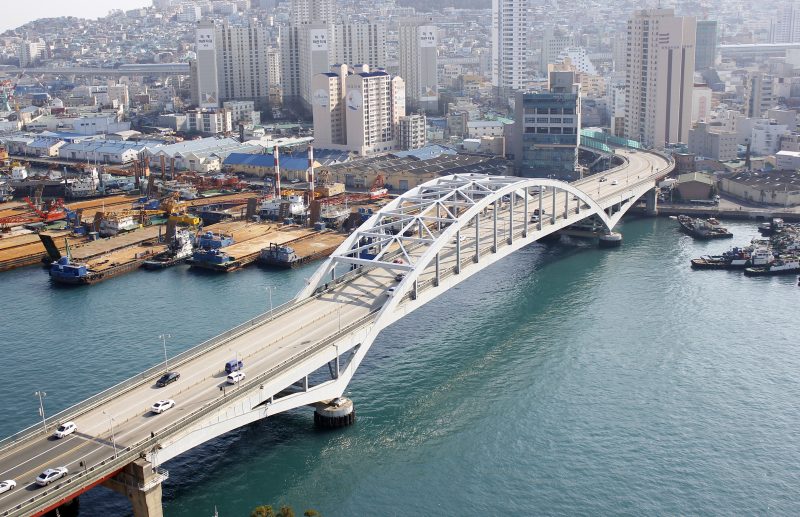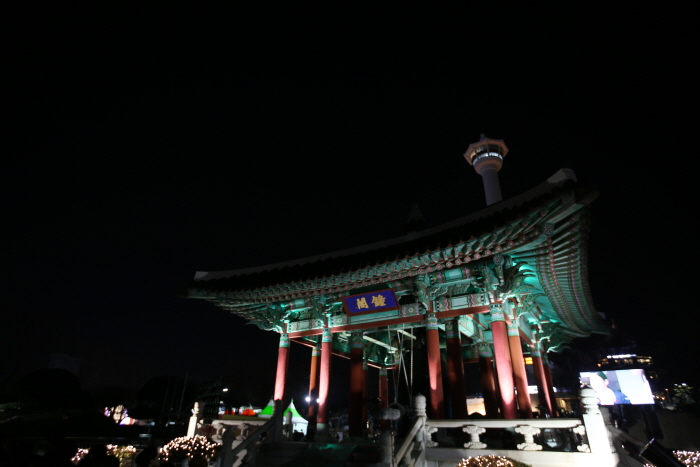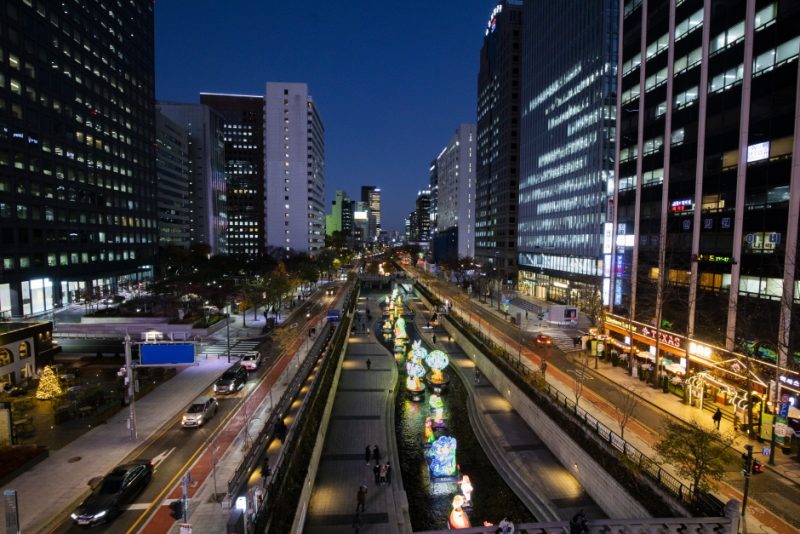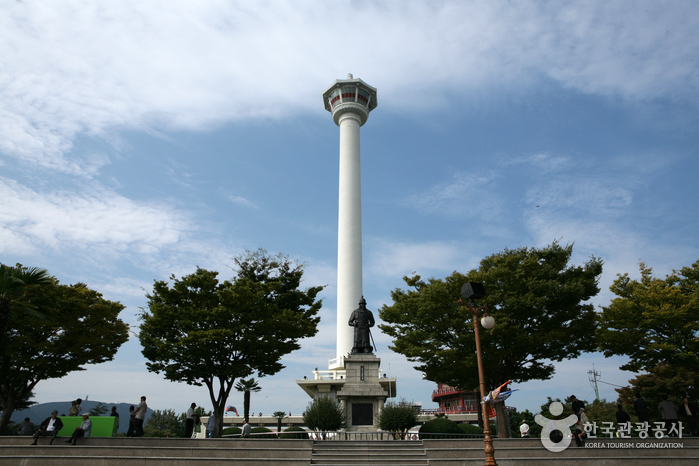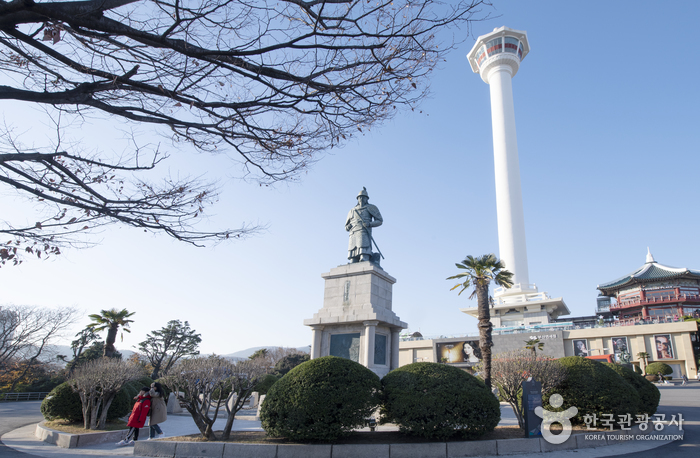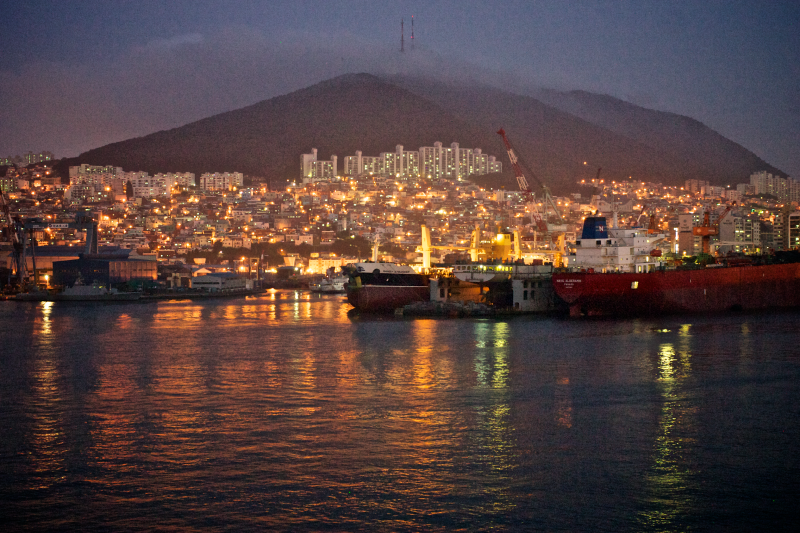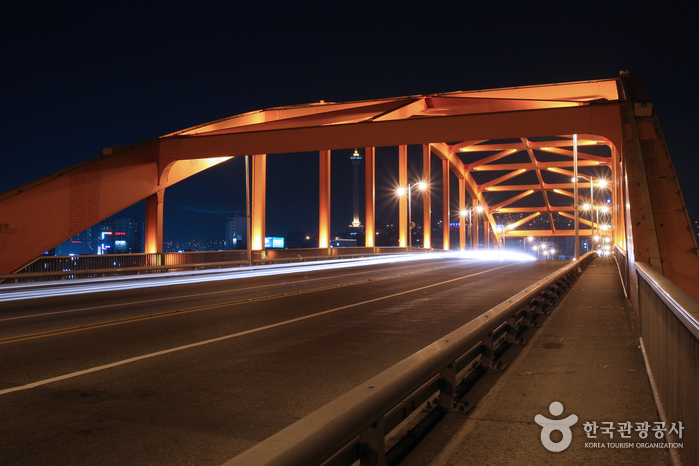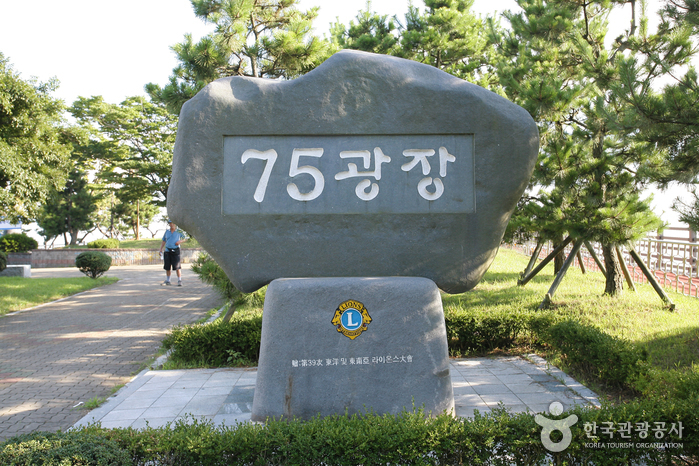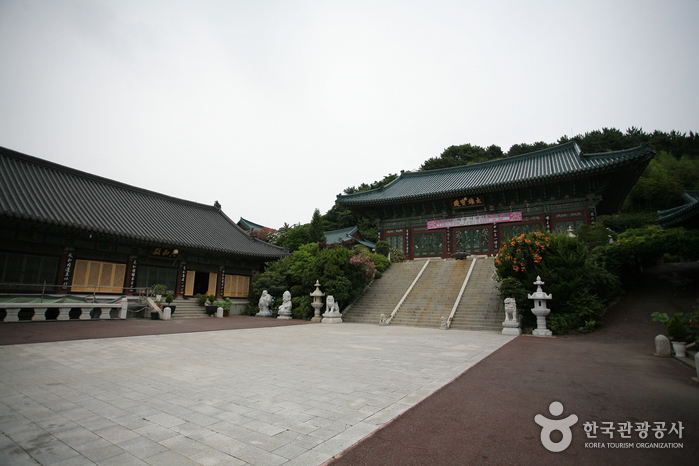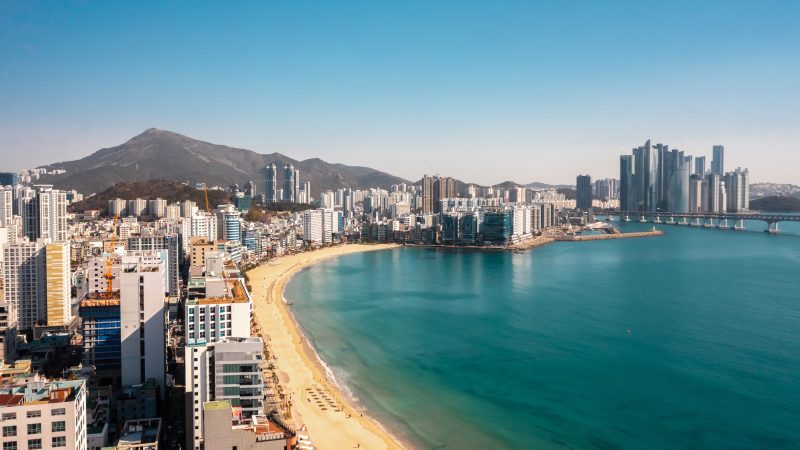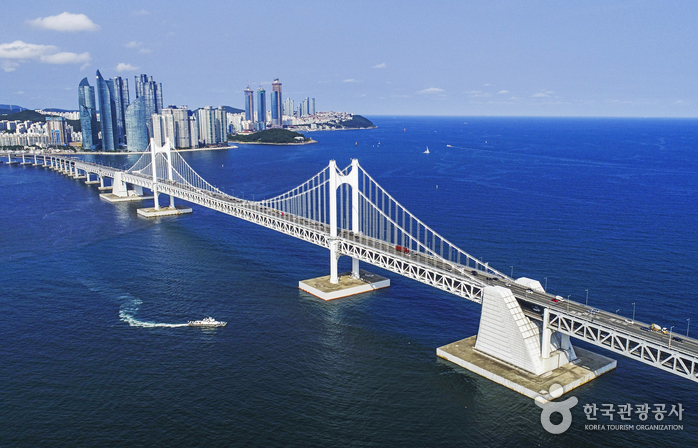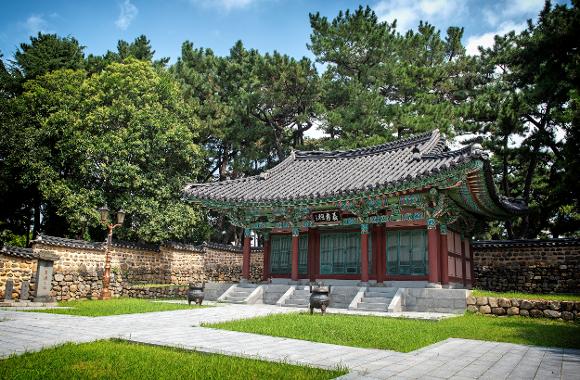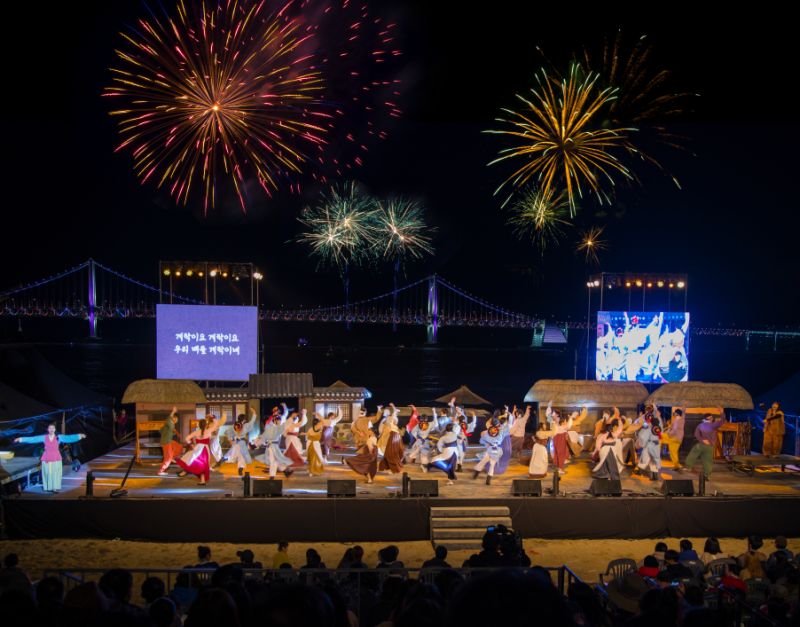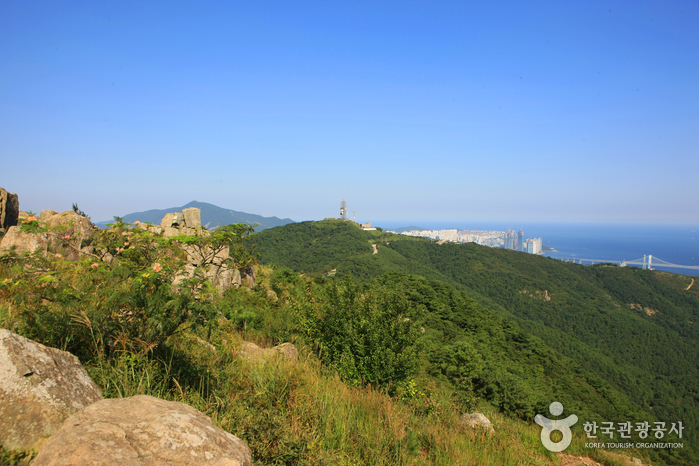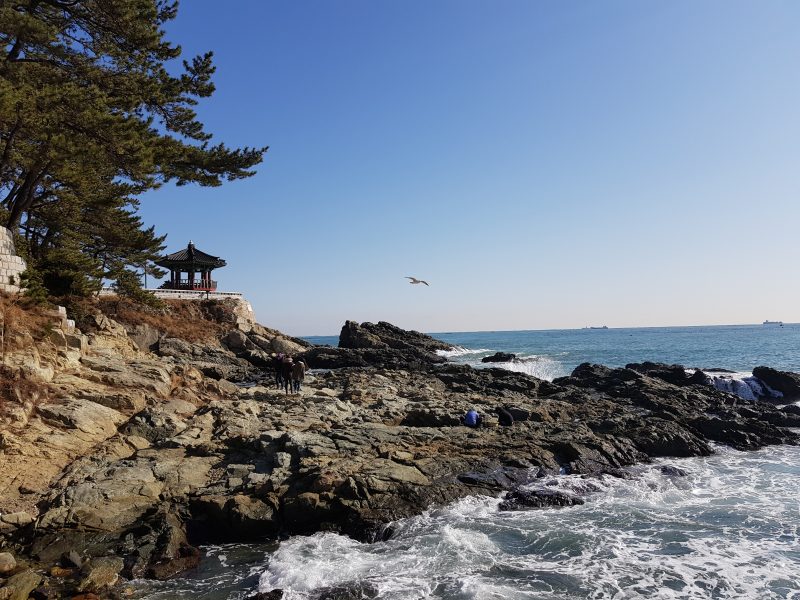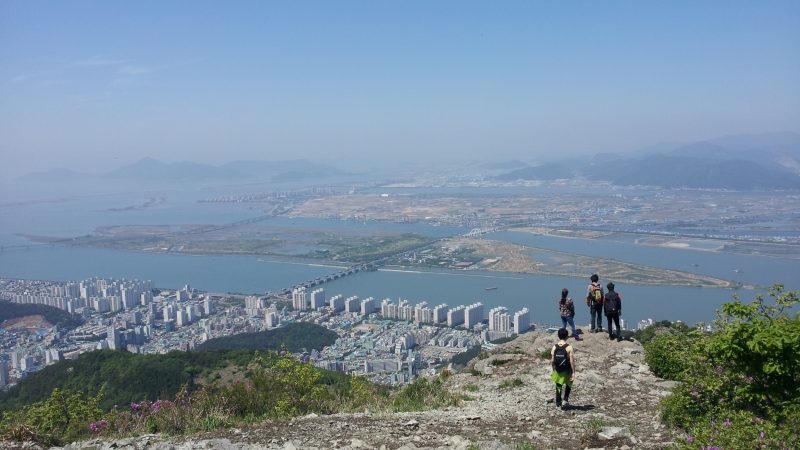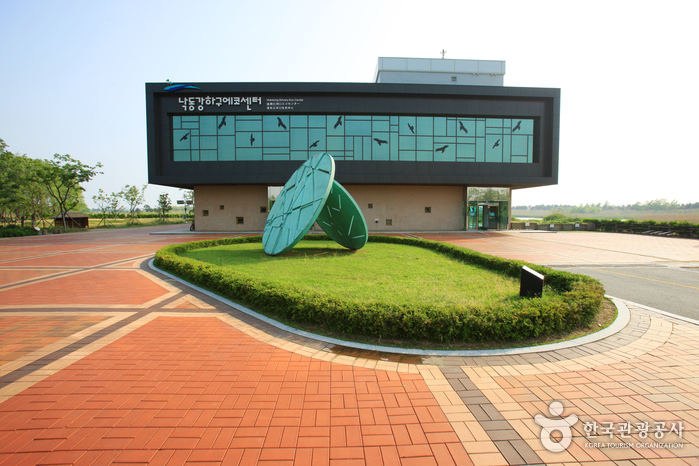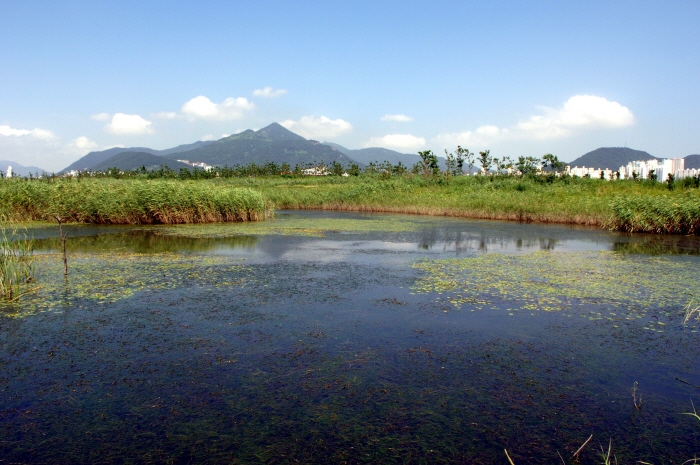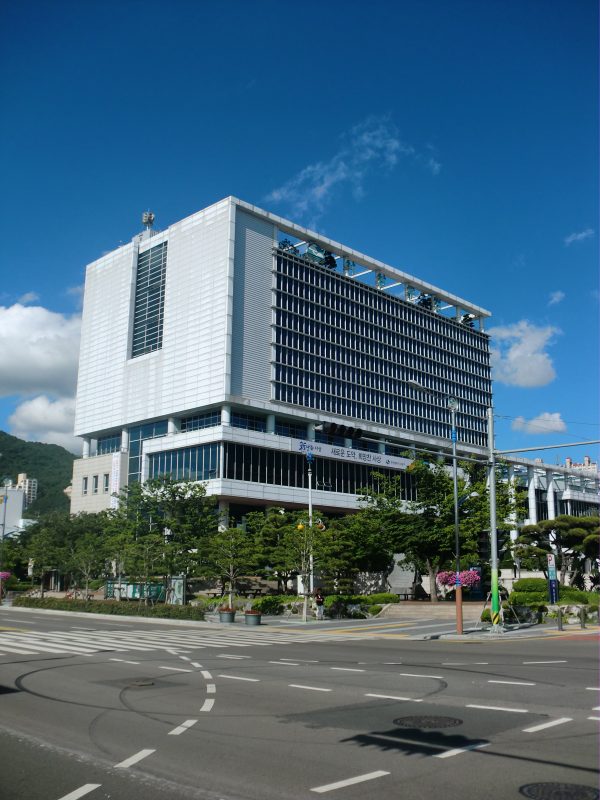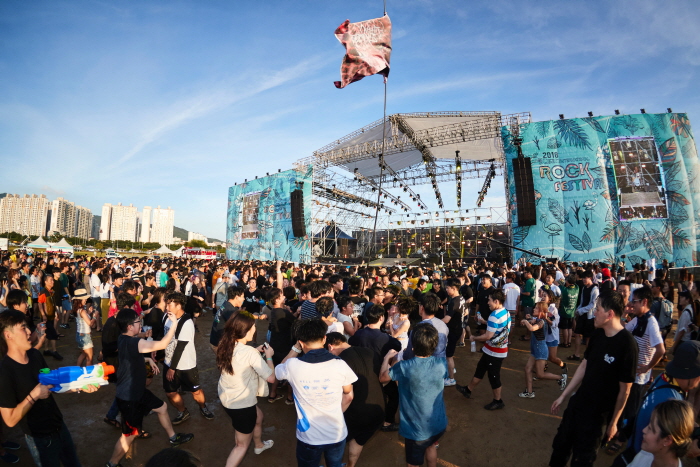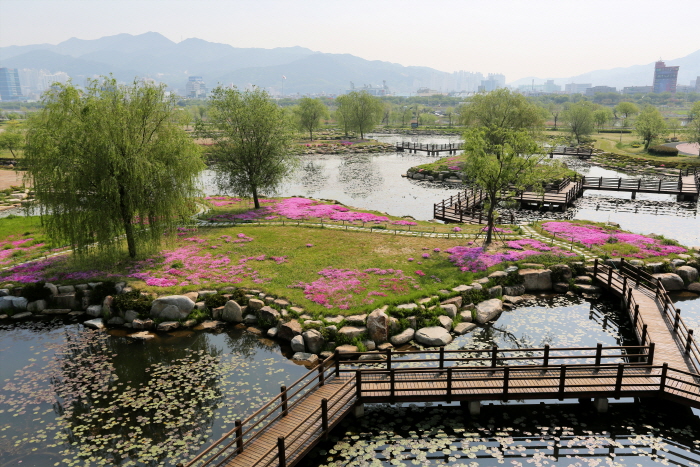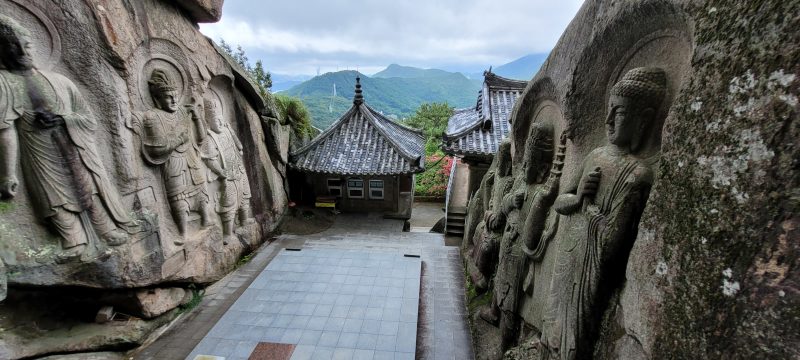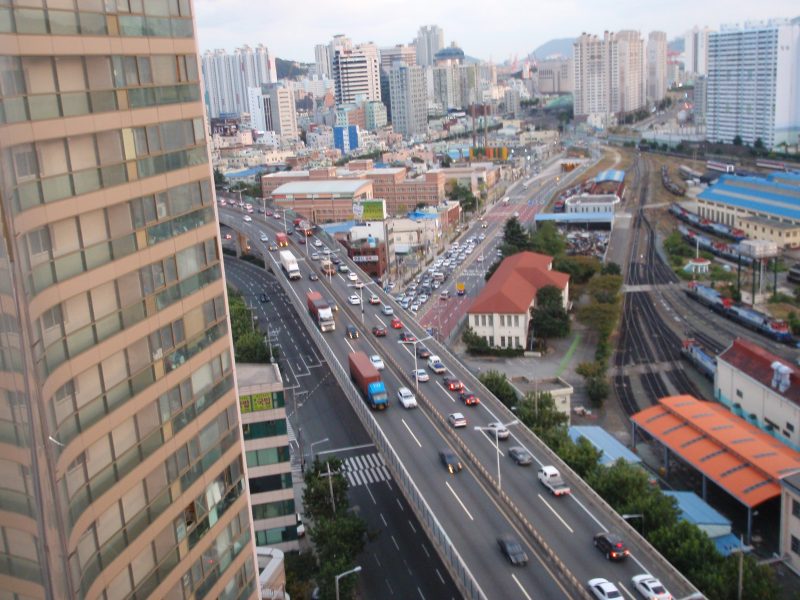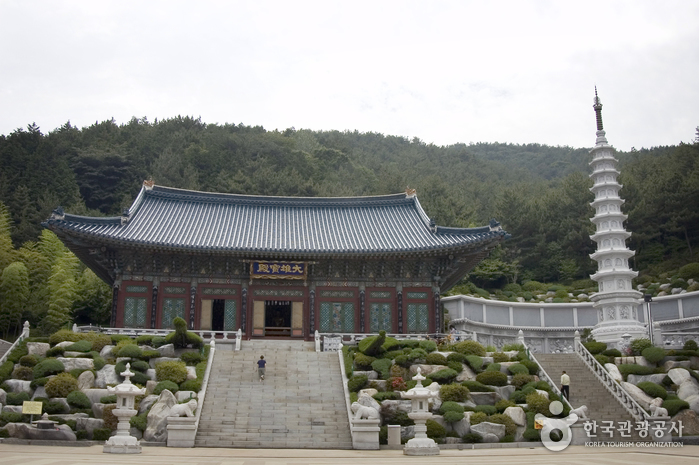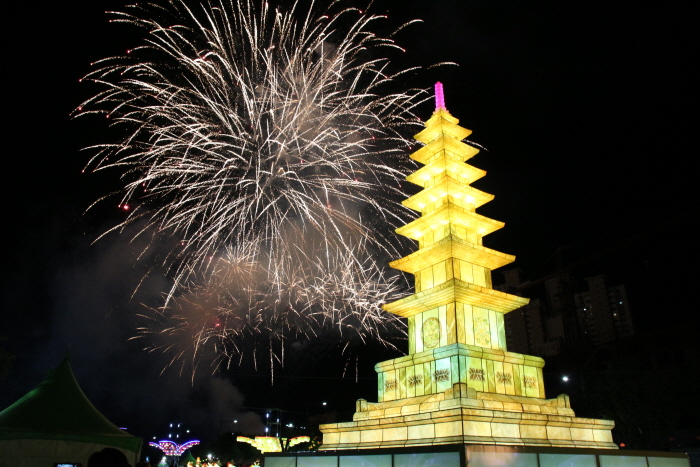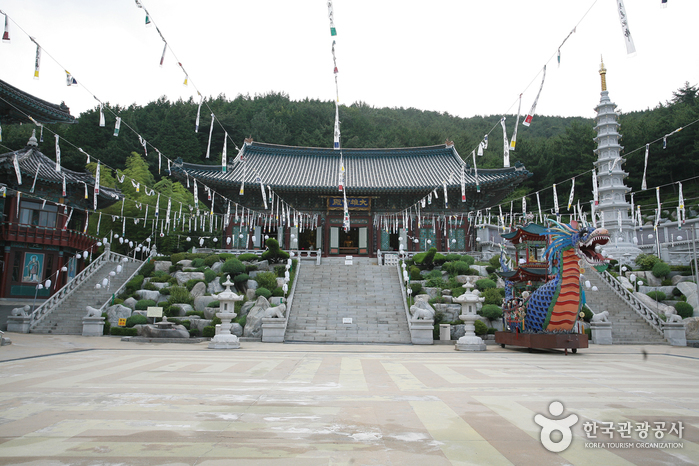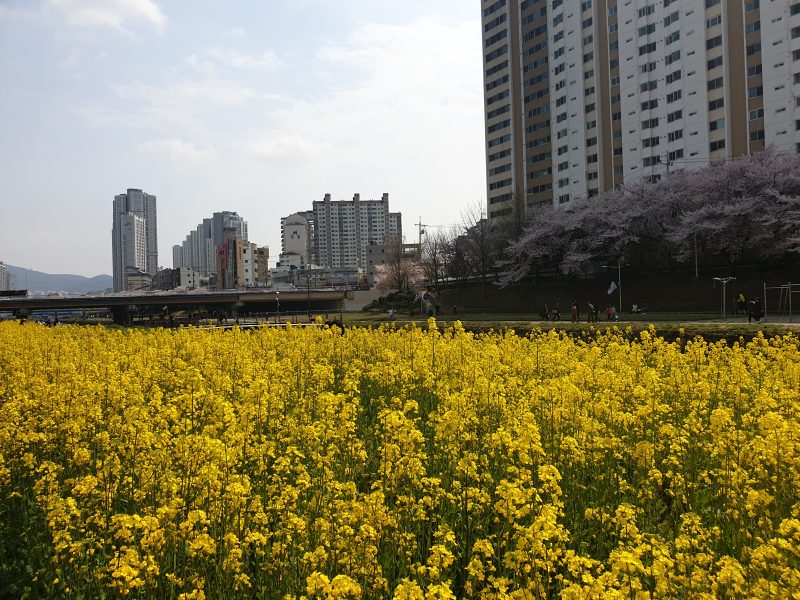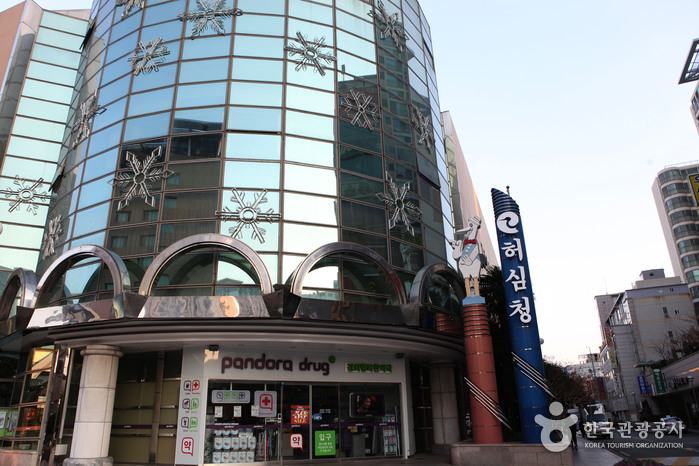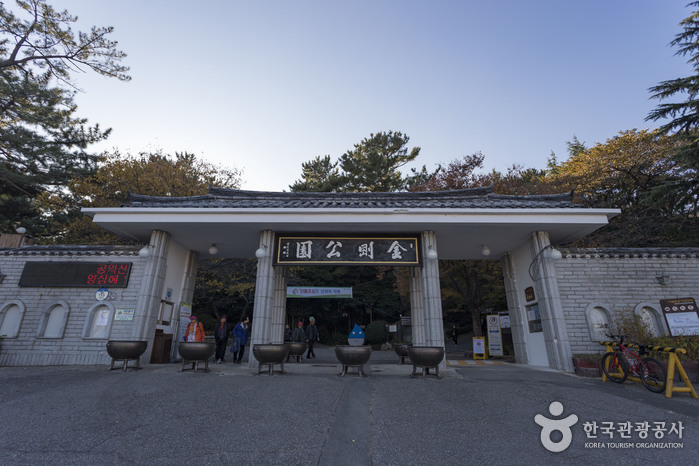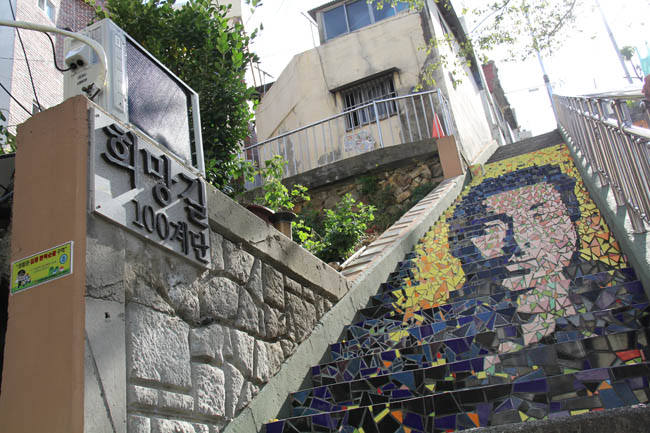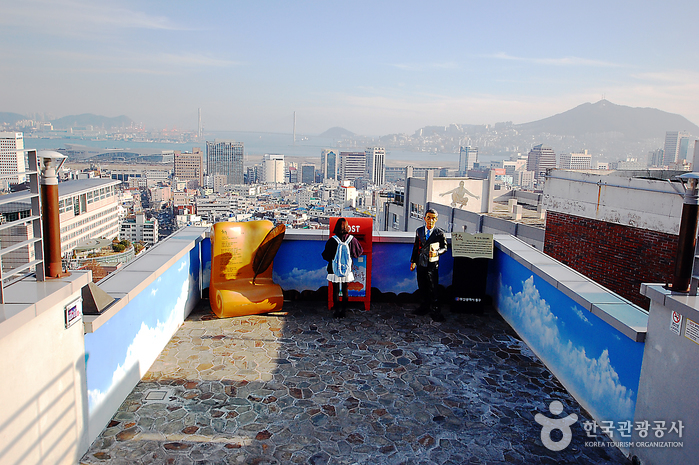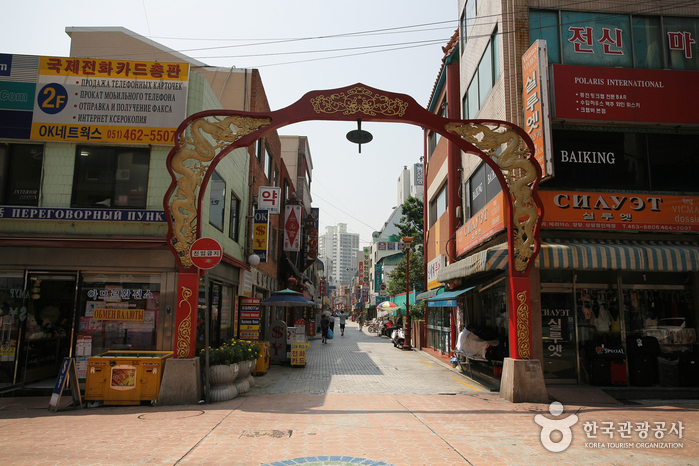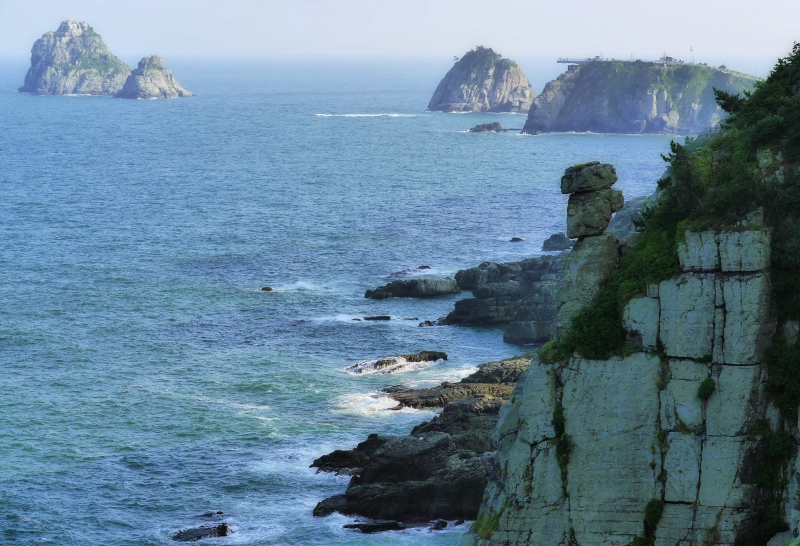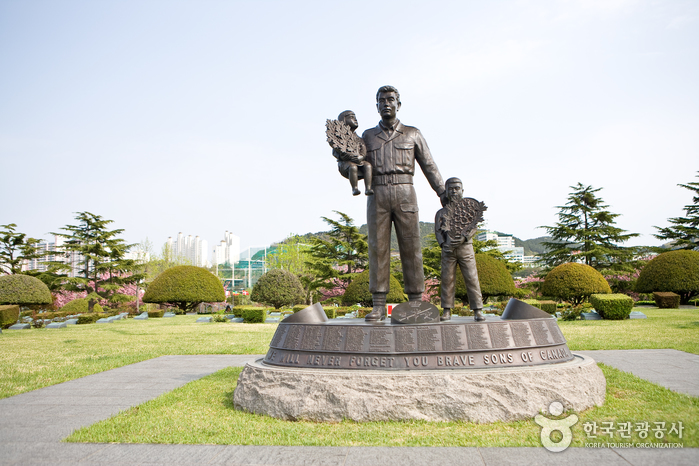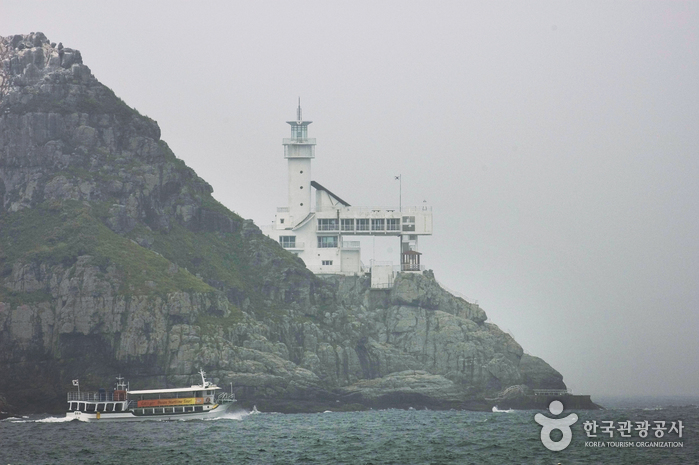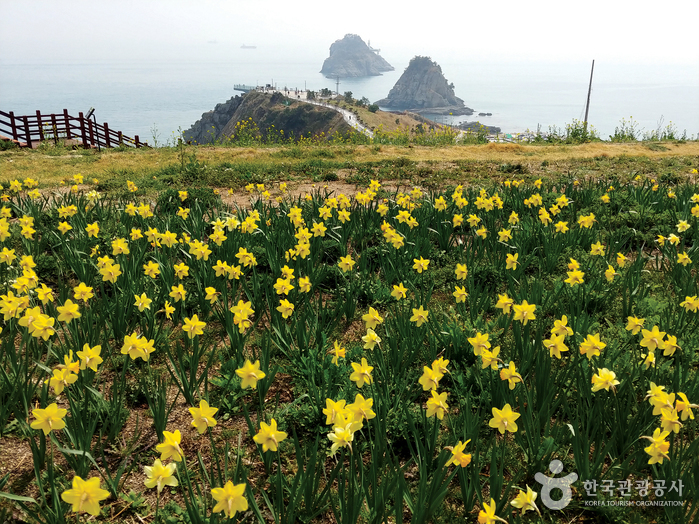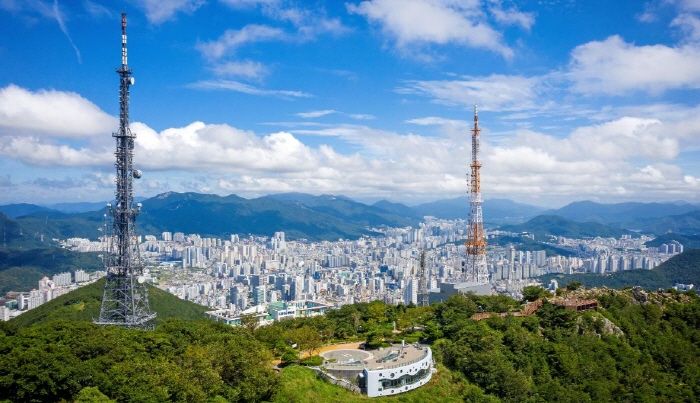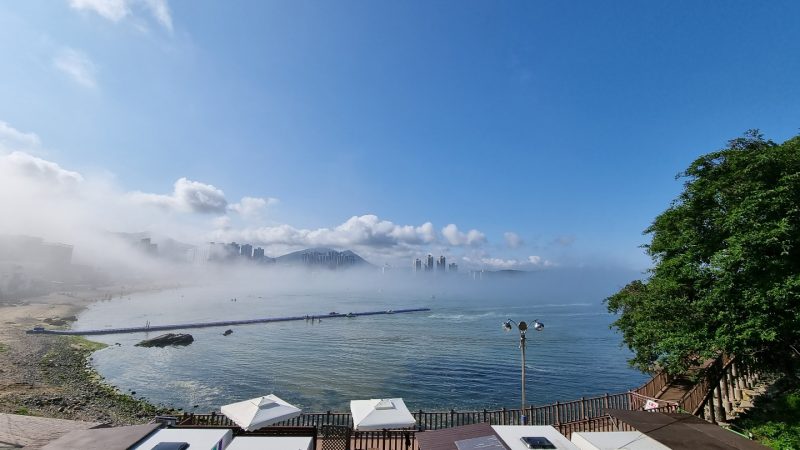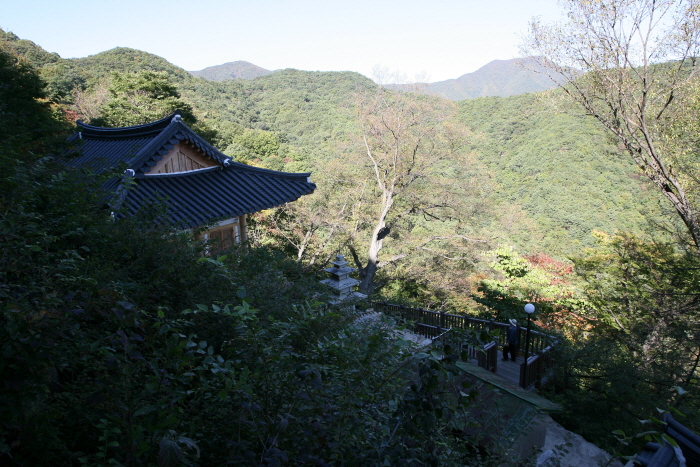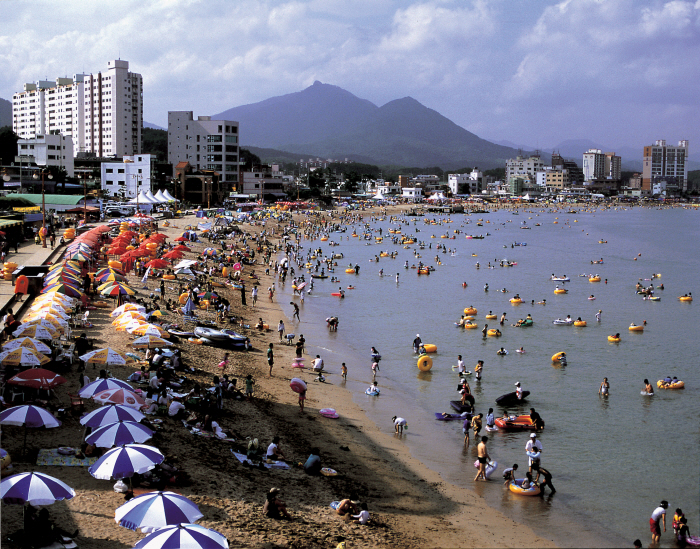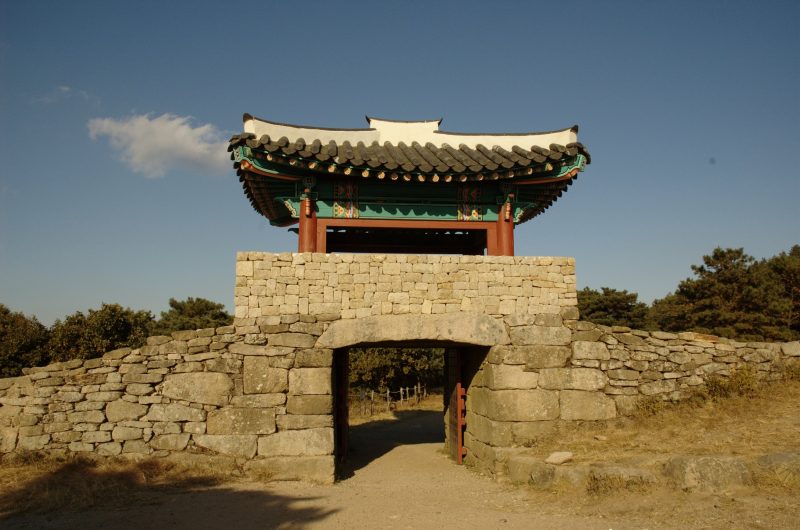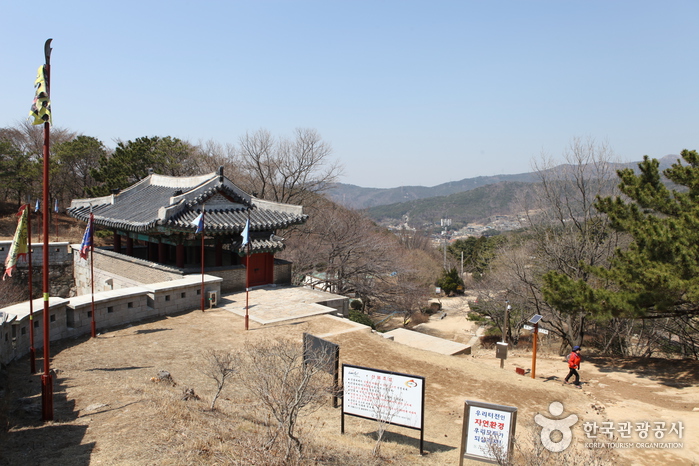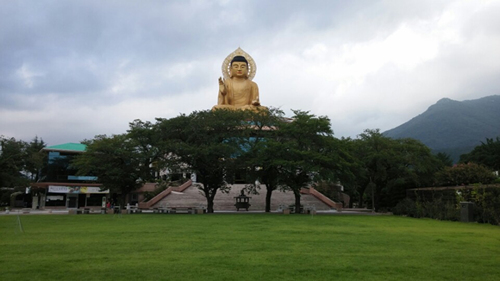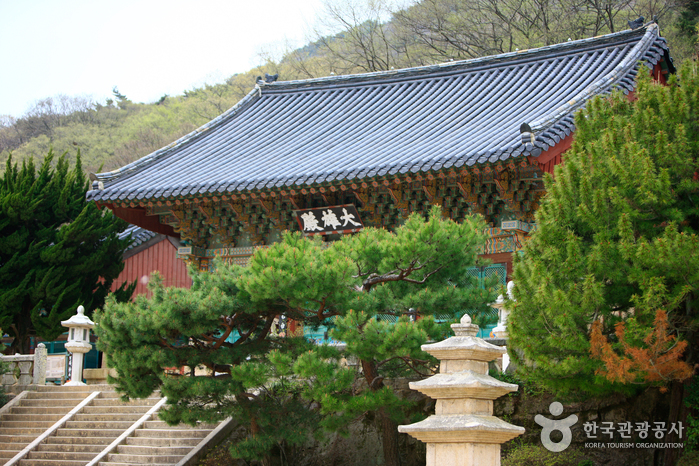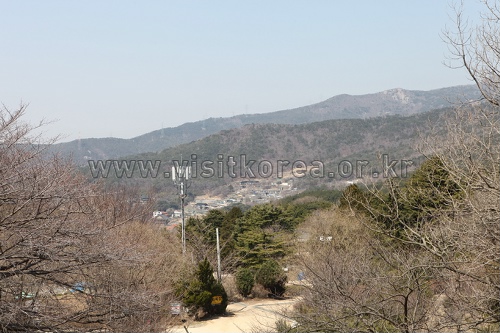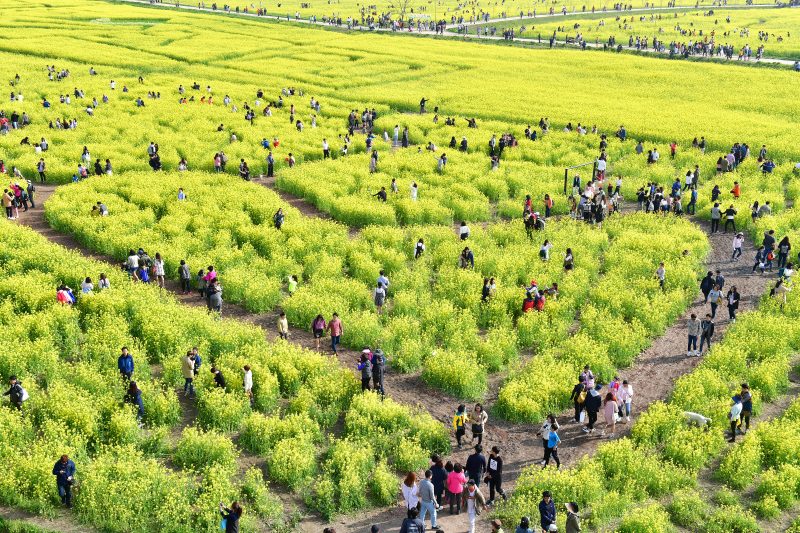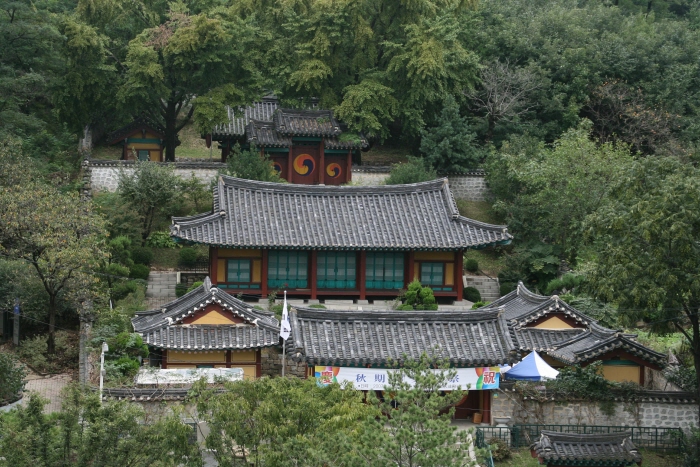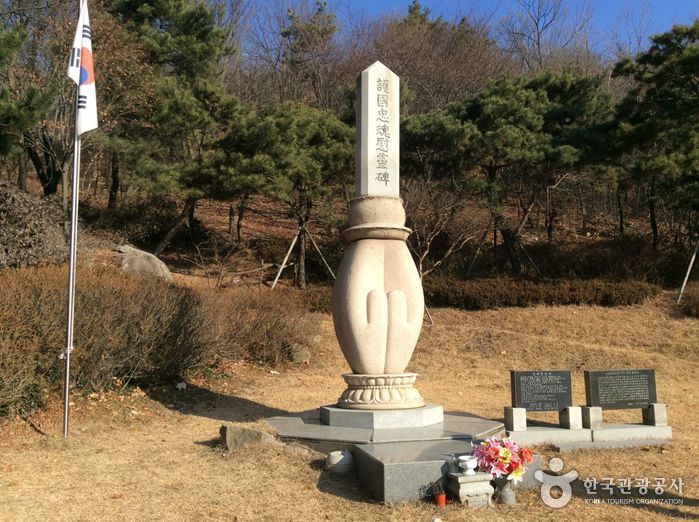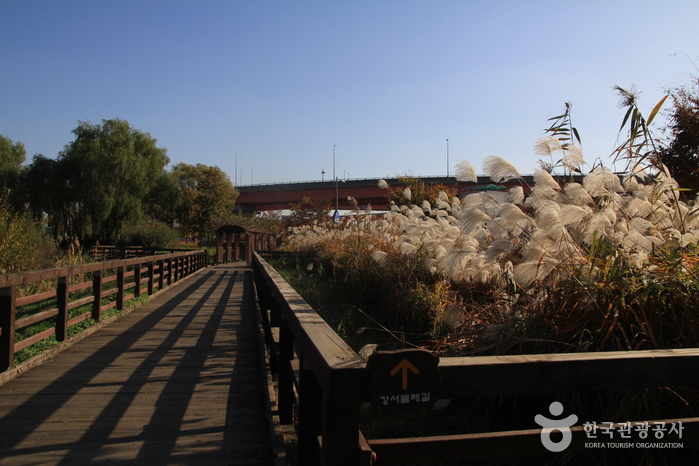Explore the Enchanting Coastal Gem of South Korea
Welcome to Busan, a vibrant metropolitan city located in the southeastern corner of South Korea. Bordered by the East Sea to the east, Changwon’s Jinhae-gu and Gimhae to the west, and surrounded by the South Sea, Busan Bay, and Suyeong Bay to the south, Busan boasts a strategic location that offers stunning coastal landscapes and a wealth of tourist attractions. To the north, it shares borders with Ulsan’s Onyang-myeon and Seoseng-myeon, Yangsan City in Gyeongsangnam-do, and Gimhae City. Positioned between 128°45′ to 129°18′ East longitude and 34°52′ to 35°23′ North latitude, Busan spans an area of 765.82 square kilometers and has a population of approximately 3.55 million residents as of 2015. The city is divided into 15 administrative districts, one county, two towns, three rural townships, 205 administrative neighborhoods (187 legal neighborhoods), and 166 administrative villages (62 legal villages). Busan’s city hall is located in Yeonsan-dong, Yeonje-gu.
Why Visit Busan?
- Gateway to South Korea: Known as the “Gateway to South Korea,” Busan serves as a major entry point to the country. With a mild climate, beautiful beaches, scenic spots, hot springs, temples, and historical sites, it has become a popular international tourist destination throughout the year.
- Beaches and Coastal Beauty: Situated between Dongbaek Island and Haeundae, Haeundae Beach is not only the largest beach in South Korea but also a picturesque coastal attraction where the white sandy shores meet lush pine forests. As one of Korea’s top eight scenic spots, it has been designated as a tourism special zone since 1994. Haeundae features the Haeundae Hot Springs, high-class hotels like The Westin Chosun Busan, Paradise Hotel, and Hyatt Regency, as well as various entertainment facilities that attract over one million visitors during the summer season.
- Captivating Coastal Destinations: Busan is blessed with numerous other beautiful beaches such as Gwangalli, Songjeong, Songdo, Dadaepo, and Ilgwang. The Gwangalli Beach area has transformed into a vibrant cafe district, attracting young people seeking trendy experiences.
- Stunning Scenic Spots: Taehwa and Molundae offer awe-inspiring views of steep cliffs surrounded by dense forests. Oryukdo, an iconic symbol of Busan’s harbor, is famous not only for its stunning landscape but also as a popular fishing spot.
- Majestic Mountains and Natural Retreats: Mount Geumjeong, considered the main mountain of Busan, provides ample opportunities for outdoor enthusiasts. At the southern foot of Geumjeong Mountain, you’ll find Geumgang Park, which includes the historic Dongnae Hot Springs, a zoo, botanical garden, and cable car rides. In the lush valleys of the northern part, nestled amidst dense foliage, is Beomeosa Temple, one of Korea’s three great Buddhist temples, while at the summit stands Geumjeongsanseong Fortress, the largest mountain fortress in South Korea.
- Historical and Cultural Heritage: Busan offers a glimpse into its rich history through sites like Chungnyeolsa Shrine, Anraksa Temple, and other historical landmarks. The city also boasts several parks, including Daecheong Park, Yongdusan Park, Children’s Grand Park, and Jasengdae Park, providing serene retreats for its citizens and visitors alike. Eulsukdo, located at the estuary of the Nakdong River, is known as the best habitat for migratory birds in East Asia. The bustling Jagalchi Market is a must-visit for seafood lovers, and the Busan Museum, Bokcheon Museum, and the United Nations Memorial Cemetery are important cultural and historical sites.
Plan Your Visit:
- Best Time to Visit: Busan’s climate is enjoyable throughout the year. Spring (April to June) and autumn (September to November) offer mild temperatures and comfortable weather for outdoor activities. Summers (July to August) are perfect for beach lovers, while winter (December to February) provides a unique charm and the chance to experience traditional Lunar New Year festivities.
- Transportation: Busan has an efficient transportation system, including subway lines, buses, and taxis. The Busan Metro is particularly convenient for exploring the city’s attractions.
- Language: Korean is the official language of Busan, but many people in the service industry can communicate in English to some extent. Learning a few basic Korean phrases will enhance your experience and interactions with locals.
- Currency: The currency used in Busan is the South Korean Won (KRW). ATMs are readily available, and credit cards are widely accepted in most establishments.
- Safety: Busan is generally a safe city for travelers. However, it’s always advisable to take basic precautions, such as being aware of your belongings and avoiding isolated areas at night.
Get ready to immerse yourself in the coastal charm and cultural wonders of Busan. With its stunning beaches, breathtaking mountains, historical sites, and warm hospitality, Busan promises an unforgettable journey filled with diverse experiences. So pack your bags and get ready to explore the enchanting city of Busan. Your adventure awaits!

